This post is part of a series called One Year in Sound by sound designer Carlo Ascrizzi.
The term 1 starts with the concepts of audio theory. It’s the basic, but even if you have previous experiences and education in Sound, just…it’s not enough.
In this first wide part every aspect is focused on the real-world entertainment industry and that’s the current goal for the school in the whole learning process. The first step it’s about Acoustics, Psychoacoustics and Architectural Acoustics.
You learn concepts of physics of sound like SPL, dynamic range, signal addition, phase, frequency response, complex spectra, Fourier transform, beating and noise, just to mention a few.
The main elements of psychoacoustics are also explored, including the physiology of the ear and the human perception of sound. This part ends with some notions of architectural acoustics, such as impulse response, acoustic transmission and RT60.
In addiction to all this theory the following step is about microphones. That’s a very important topic to learn because it makes up the basics of most sound design work! The whole microphones theory and all kind of devices (and their characteristics) are analyzed in depth. You have the chance to deal with many awesome mics at VFS and then after you have the opportunity, not just in the class time, to compare different microphones making your first recordings!

The Gain Structure and Signal Flow course is certainly one of the most important subjects during term 1. It’s your first fully practical class. You learn how the audio signal is sent through several equipments. You will have a solid knowledge on the signal routing, how the signal is split, duplicated and filtered. You analyze the mixing board gain structure, auxiliary sends, busses, groups and patch-bay.

For your final Signal Flow test you’ll be asked to patch different recording, machines and analog rooms located around the sound design campus, sending your audio signal back and forward from your control room.
It’s a bunch of information but you need to get used to this kind of learning method because a lot of new stuff are coming really soon!
- When you are back home: final thoughts on Resonate 16 - April 20, 2016
- 5th day at Resonate 16 with Artists and Engineers, Nicholas Felton and Memo Akten - April 17, 2016
- 4th day at Resonate 16 with Squarepusher, Atau Tanaka and Darsha Hewitt - April 16, 2016





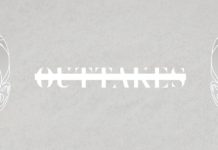

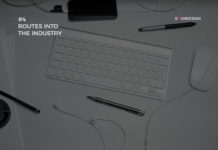


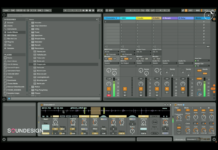
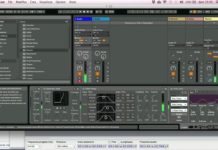

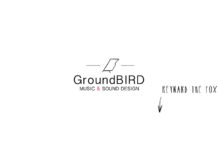
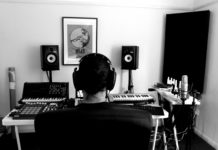
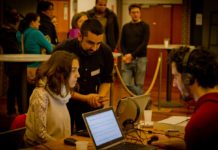

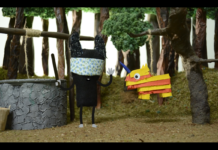
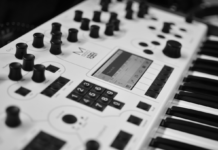

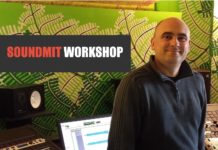
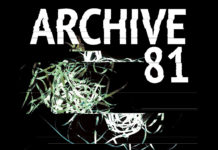


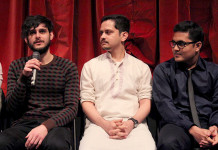
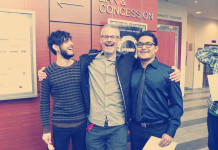
Carlo,
I’ve never had a chance to take a scholarship in my times, sound engineering and sound design were mostly self-taught matters in my years where I grew up, my skills as a sound engineer were mastered alone and on my own, as an endless record of trial-and-error instances.
The Internet just wasn’t there, computers had nothing to do with audio, and for my first two or three jobs as an apprentice in recording studios, I had to borrow a fortune just in order to be able to buy the tapes onto which to record my experiments for learning the job!
Reading your articles is a real breath of fresh air to me, it’s like experiencing a tiny bit of the real thing by having it from your words. God knows I’d truly cheat and steal, if that could make me young again and give me a chance to get a scholarship on these topics at VFS along with other classmates my age!
I hope you will be able to get the most from the experience you’re having there, and hope you’ll bring something back to the place you’re from, so that with your help and experience it can become a better place and offer more chances to other young people like you.
Thank you for these postings of yours, and to soundesign.info for hosting them.
Hum N. Buzz,
I went through your words several times….I’m thankful for your comment, I really appreciate it!
Also thank you for sharing a bit of your story and your precious opinion.
I feel so honoured to hear how these articles give you such “breath of fresh air” and take you back in the day.
I’m trying to do my best, that’s a great experience and opportunity and i’m very glad to help other people sharing my story through these articles.
Thank You!